Friday 3rd to Tuesday 14th August
We cleared out of Fiji with Customs and Immigration at Vuda Marina, filling in all the forms about firearms, livestock and alcohol quantities on board yet again, in duplicate, and were given the departure certificate which we would need to present on arrival in Vanuatu. Yachts travelling west across the Pacific are monitored closely, particularly by the Australian and New Zealand coastguards concerned about drugs coming into their countries. There was a yacht, SV Shenanigans, up on the hard in the marina which had recently been caught with $20million of cocaine from Colombia. It had been watched, presumably there is a sophisticated computer system somewhere observing and analysing this, crossing from Colombia and Panama but making few stops on the way before it reached Fiji – not normal behaviour for a cruising yacht. The man on board, an Australian racehorse trainer and all round rogue, swallowed a cocktail of drugs when they were raided by Fijian police and ended up in hospital in a coma, from which he has recovered and will no doubt be spending a while in jail.
We had a 470 mile passage ahead of us, from Fiji to the island of Tanna in Vanuatu, about four days (and nights). When we left there was little wind, and what there was from the west, so we started off motoring. As forecast the wind soon strengthened and we were able to sail for the rest of the trip, although it was not the most pleasant of sails. As we progressed the winds gradually increased in strength with large rollers coming across our beam making Vega roll violently. On the first night we passed several large (100 to 125 foot) fishing boats which were Chinese owned but registered in Fiji, trawling the waters for tuna mostly for export to Japan, China and the USA. How much longer will there be fish to catch with the huge appetites of the world? Reading books written from the early and mid 20th century the oceans were heaving with creatures then. We still see dolphins and the occasional whale and turtle, and are lucky when our trailing lure catches a fish, so they are still there but there will soon be more plastic than fish in the oceans. On our first day at sea we managed to catch a tuna which was big enough for two meals, delicious cooked in teriyaki sauce. On the third day we were visited by a large school of dolphins, the lead ones leaping high into the air to check us out as they approached. They stayed with us for 20 minutes or so, racing Vega and playing at the bow, before heading off as suddenly as they’d arrived. That night a passing boobie hitched a lift, managing to alight on our bowsprit at dusk, for what must have been a very rolly ride. It was gone by morning.
On the morning of the fifth day at sea, Land Ahoy! We finally reached Vanuatu and passed Futuna island on our port side, a strange flat-topped mass arising from the sea, but with no shallow anchorages suitable to stop in.
As we approached Tanna I finished reading “Tales of the South Pacific”, James Michener’s account of his time in Vanuatu where he was posted as a lieutenant in the U.S. Navy during WWII.
“I wish I could tell you about the South Pacific. The way it actually was. The endless ocean. The infinite specks of coral we called islands. Coconut palms nodding gracefully toward the ocean. Reefs upon which waves broke into spray, and inner lagoons, lovely beyond description. I wish I could tell you about the sweating jungle, the full moon rising behind the volcanoes…”.
Perhaps it was the relief after being at sea after the four day passage but as we passed the reef guarding the edge of the bay, with waves breaking into spray, coconut palms on the silver beaches and white clouds rising up above the volcano, it really did feel lovely beyond description.
We dropped anchor in Port Resolution, a bay on the south east of Tanna, one of the most southerly of the 63 islands that make up Vanuatu, amongst the ten or so yachts already there. Port Resolution was named by Captain James Cook after his ship the Resolution which anchored here for two weeks in 1774 on his second voyage. He visited several of the islands in the group which he named the New Hebrides, which they were called until Vanuatu achieved independence in 1980 from the Anglo-French Condomnium which governed from 1906. The thought of England and France jointly ruling a country is just a little bizarre and apparently they couldn’t even decide which side of the road cars could drive on but eventually France seems to have won on this point.
More mundane things awaited. After anchoring we got the outboard onto the dinghy and motored over to the yacht club to meet up with Customs and Immigration. Although based in the main town of Lenakel the two officials make the two hour trip over to Port Resolution most days during the season (May to October) to clear in arriving yachts and seemed happy to do so.
The yacht club was not quite the Royal Dart Yacht Club… a few tables and chairs in a ramshackle building, adorned with the flags of many passing boats, but set in gorgeous gardens. And no dress code although women visiting the village should ensure they dress reasonably modestly, shoulders and thighs covered.
We were introduced to Johnson, the chief of the nearby village and the man to see for your trip to the volcano, the Cargo Cult village or into the main town.
The trip that we were most keen to go on was the one to the nearby volcano, Mount Yasur, described as the world’s most accessible active volcano, which we arranged for later in the week when we had recovered from our passage from Fiji.
In the meantime we needed a top up of Vatus, the Vanuatan currency, a SIM card to get WiFi and fresh fruit and vegetables. These meant a trip to the main town, Lenekal, a two hour drive to the other side of the island and Johnson could organise this. A couple of days later we were up at 5.30am, to meet with his friend’s truck at the yacht club by 6.30am. We got a seat inside which we shared with a woman and her sick baby on their way to hospital in the main town, whilst the back of the truck soon filled up with villagers taking woven baskets and mats to sell in the market. The road was a rutted mud track which we bounced along stopping to pick up even more passengers.
The road passed through dense rain-forest, past small villages and settlements and then by Mount Yasur, crossing a stark moonscape formed by ash from the volcano and relieved only by the occasional scrubby clump of vegetation. A few people were walking across the barren landscape, some carrying guitars and on their way to a celebration or village party.
Lenekal is a small town, busy on market day, and we stocked up with fruit and vegetables brought in from villages around the island. I particularly liked the carrot tripods.
Many of the women wore voluminous floral dresses with puffed sleeves and scalloped hems which come to mid calf, ‘Mother Hubbard’ dresses, which were first introduced by Presbyterian missionaries in the late 19th century to obscure the temptations of the female form, but which have been taken up after independence, supposedly as an emblem of national pride and as traditional dress for women.
The young women nowadays tend to dress in skirts or sarongs to mid calf but not shorts or trousers. It was striking that in the market were a group of Vanuatu teenagers wearing short skirts or cutoff jeans and t shirts…. young people from Espiritu Santo, the largest island of Vanuatu, over for a sports tournament. We bought a stick of these small oranges, which turned out to be almost too bitter to eat.
In Vanuatu there is a major effort going on to eliminate single-use plastic and supermarkets are no longer allowed to hand out plastic bags. Here in the market vegetables are sold in bags woven from palm leaves.
In Port Resolution bay were an assortment of yachts and catamarans, with frequent arrivals and departures. There were several from Australia on a rally via New Caledonia, two American boats and Matt and Amy from Portsmouth on ‘Florence’ who we had met in Tonga last year. One evening the Australians had a barbecue in the yacht club to which we were invited.
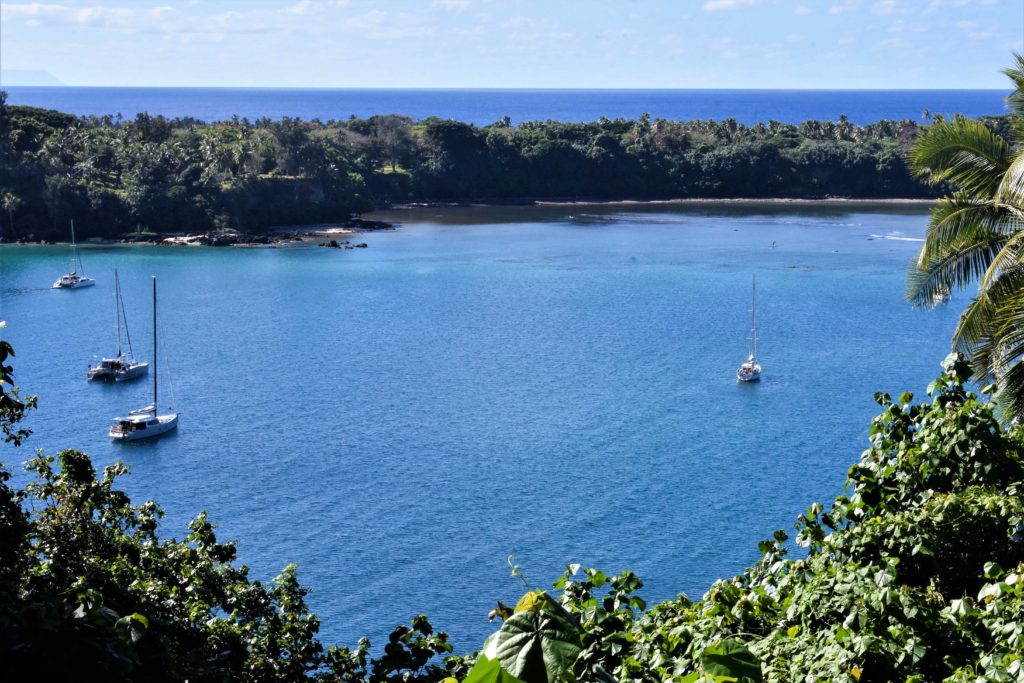
Over the week we were on Tanna we explored nearby villages and went for walks around the bay and along the coast. Locals would paddle out in their dugouts to the yachts at anchor to sell or trade bananas or just to say hello. This woman was fishing from the beach.
The kids were always pleased to have their photos taken……
In the corner of the bay were vents from the volcano which at low tide provided pools of hot water. Some were hot enough in which to cook sweet potatoes, others provided a warm, albeit rather salty, pool to have a bath in.
It was striking how many of the people, particularly children, have blond hair. This is due to a genetic mutation, unique to only the Melanesian people.
There were several restaurants in the nearby village and a coffee shop selling Tanna grown coffee (a very smooth roast… we’ve bought several bags of it to bring home).
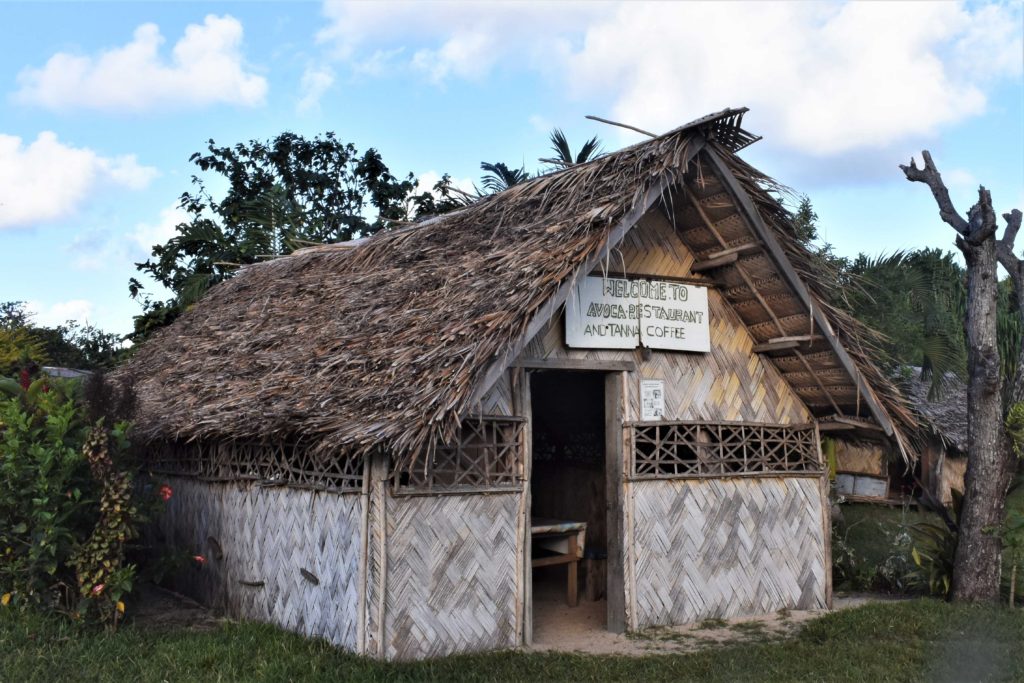
Many of the houses are built in the traditional way using bamboo for the walls and thatch from palms or other trees. Tanna was hit badly by cyclone Pam in 2016 and many homes destroyed. The villagers took shelter in the stronger, breeze block built buildings during the cyclone, and we were told that an English couple had sent the money to rebuild one of the restaurants.
On one of our walks we met this gentleman returning from tending his vegetable garden..
There are many huge and magnificent banyan trees growing in Tanna.
The south coast of Tanna on one of our walks:
A traditional house in the village of Manuapen:
Manuapen village and coconut plantation:
In nearby Manuapen the primary school is French speaking. In Vanuatu children can attend either an English or French school and most of the older adults speak either French and English, sometimes both. The villages in the immediate area also have their own language, spoken only there – there are 25 different indigenous languages spoken on the island of Tanna alone and over a hundred throughout Vanuatu. The one common language on Vanuatu is Bislama, a form of creole based on English which is not so hard to understand once you get into the swing of things. Try this for starters….
…. (translates as ‘I want Tusker. Beer belong you-me’).
The trip up Mount Yasar was the highlight of our visit to Tanna. Johnson organised a truck to take a group of yachties to the entrance to the volcano reserve, where we paid our entrance fee… not cheap at almost 10,000 vatu each (about £70). We were first given a demonstration of kustom dancing which involved a lot of stomping of feet and jumping up and down…
Then into a truck up along a rough track to the car park at the base of the volcano. It was a fifteen minute walk up the slopes of Mt Yasur, past the only letter box in the world on an active volcano, where you could post your pre-singed postcards.
The guide took our group along a ridge to a vantage point looking down into the crater…
…. as the sun started to set over the desolate ash-covered landscape.
Every few minutes the ground trembled and the volcano boomed out …
………. but it was only after darkness started to fall as we looked down the steep slope leading to the very edge of the crater that we could see the eruptions of red hot lava being flung up by the volcano.
… and as it got progressively darker the eruptions became more impressive, massive boulders being flung high into the air every few minutes, landing with a thud on the slopes below us.
From where we stood clouds of sulphurous fumes and cinders blew into our faces. We stayed gazing spellbound, half terrified, until the guide signalled that it was time to make our way down before it got too dark to see our way. Just as we were about to turn to go, the mountain gave one final enormous roar and jets of molten lava were flung high into the air…
Regretfully we dragged ourselves away and made our way down by torchlight.
The activity of the volcano is monitored and rated from 1 to 4 and tourists are not allowed to visit if the activity is more than 2. At level 4 the island is evacuated. Our guide ensured that we only stayed to paths and vantage points that were considered safe at the time, but even so there are no barriers and one slip from the path could mean tumbling down the steep, rubble strewn slope below with nothing to slow your fall, over the edge and into the crater. Over the last few years there have been several deaths blamed on tourists going outside the safe area and being hit by lava or flying debris. We heard that a week after we visited some visitors sustained burns through to the bone after lava fell on their arms.
By the end of a week on Tanna, Vega’s deck and cockpit were coated with a layer of black, gritty ash from Mount Yasur. We left Port Resolution soon after dawn for the 55 mile sail to the next island of Erromango, heading north along the east coast of Tanna. The grey slopes of the volcano stood out against the green of the surrounding mountains.
PS. I really feel I should mention the Cargo Cult or John Frum villages on Tanna, even though we didn’t manage to visit any of them. It started in World War II, when American forces landed in Vanuatu bringing with them all sorts of wondrous gear. The soldiers were worshiped as gods and the movement became known as John Frum, thought to have originated as “John from America.” Some John Frum villages even built rudimentary airstrips to summon back the G.I.’s — and their cargo.
Even more delightful is The Prince Philip Movement, a religious sect followed by the people of Yaohnanen village on the south west of Tanna who believe that the Duke of Edinburgh is a divine being. When the Prince became aware of the cult he sent them a portrait of himself and the villagers responded by sending him a traditional pig-killing club called a nal-nal, the Prince then sending a photograph of himself posing with the club. In 2007, Channel 4 broadcast Meet the Natives, a reality show about five Tanna men from the Prince Philip Movement on a visit to Britain, their trip culminating in an off-screen audience with the Duke of Edinburgh.

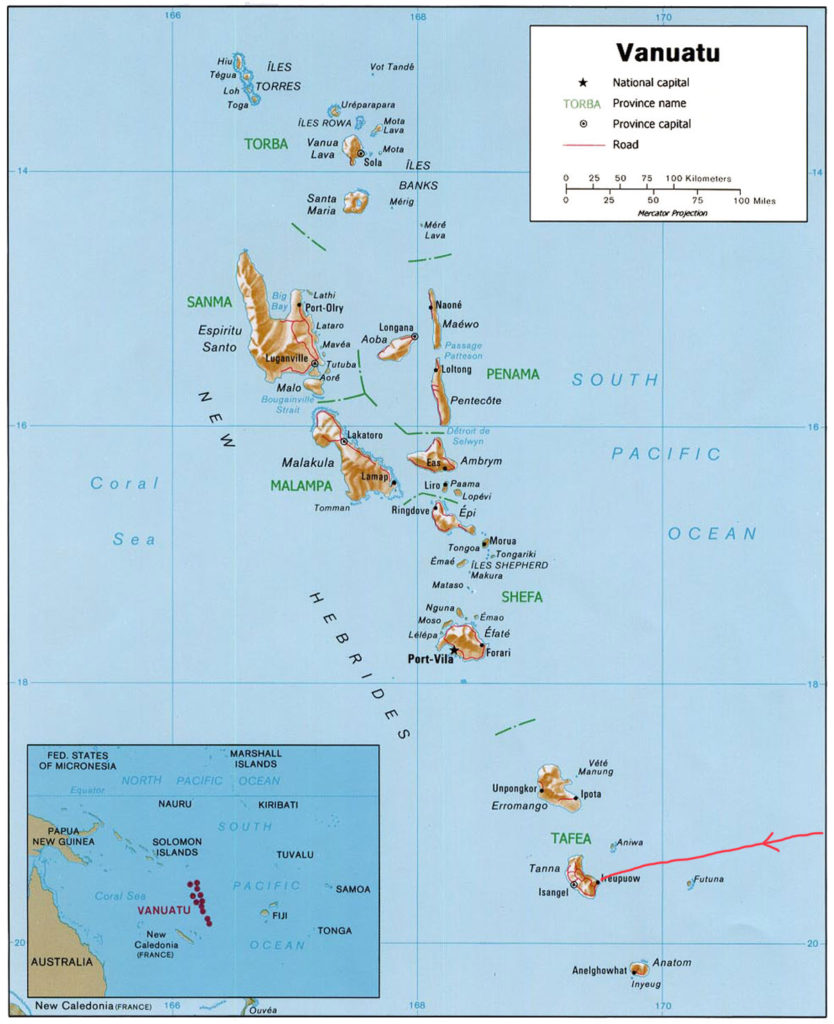
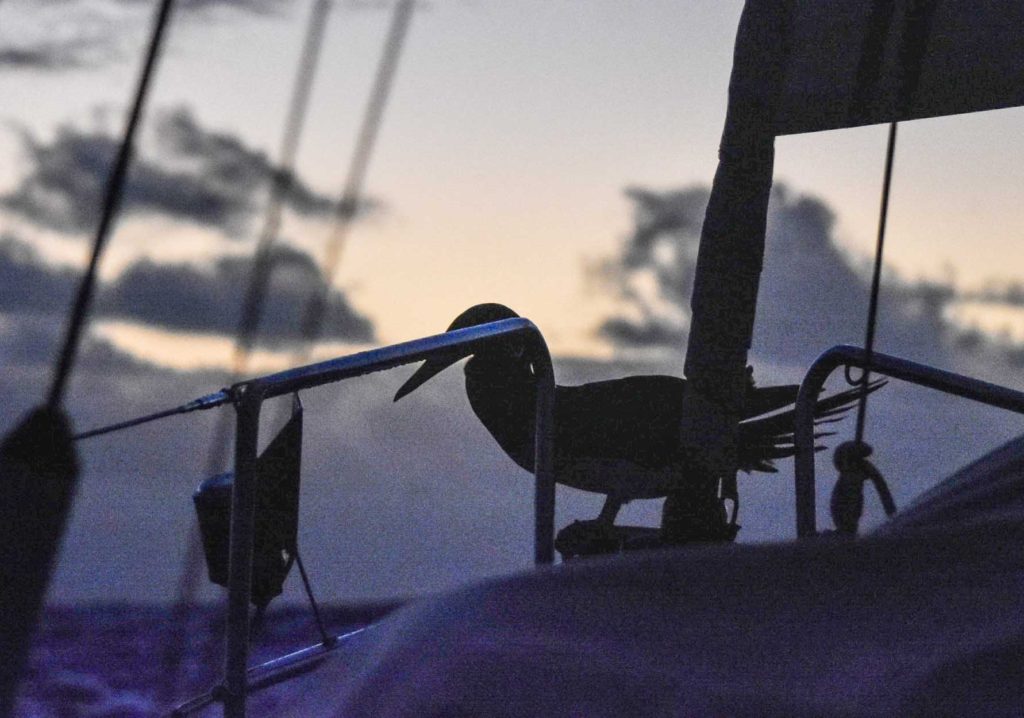
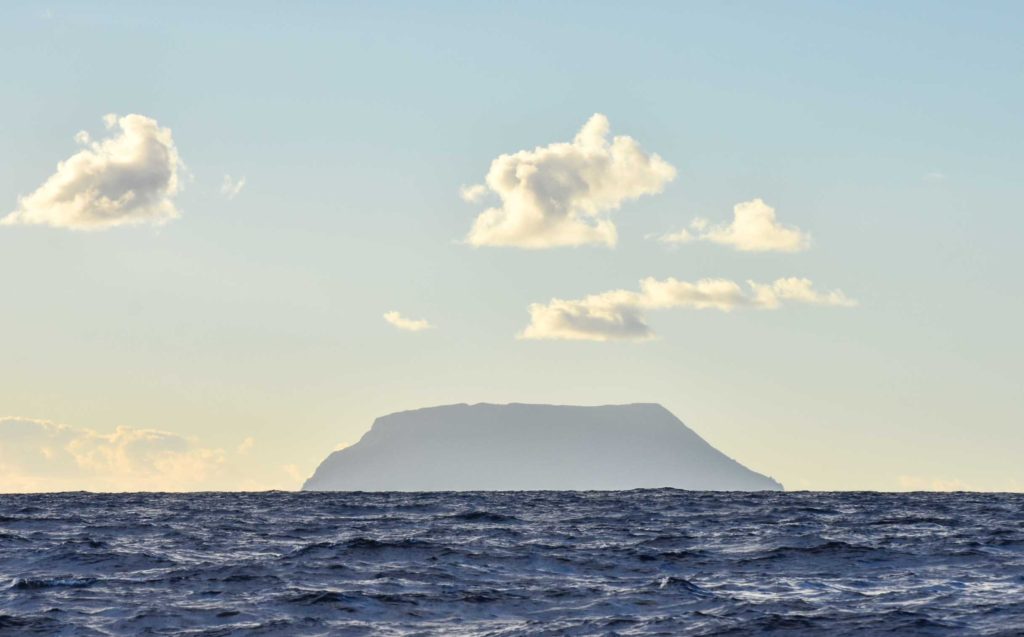
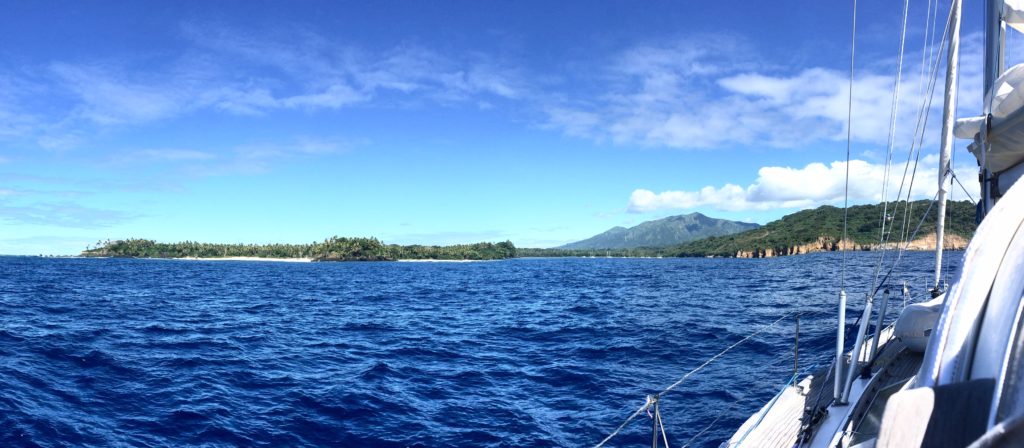

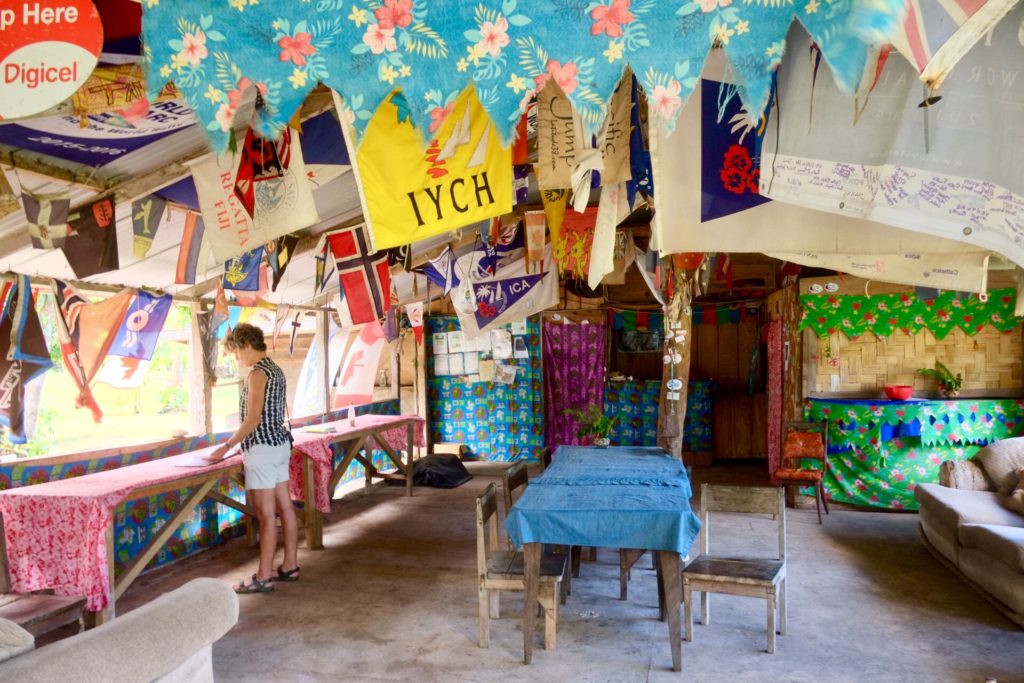
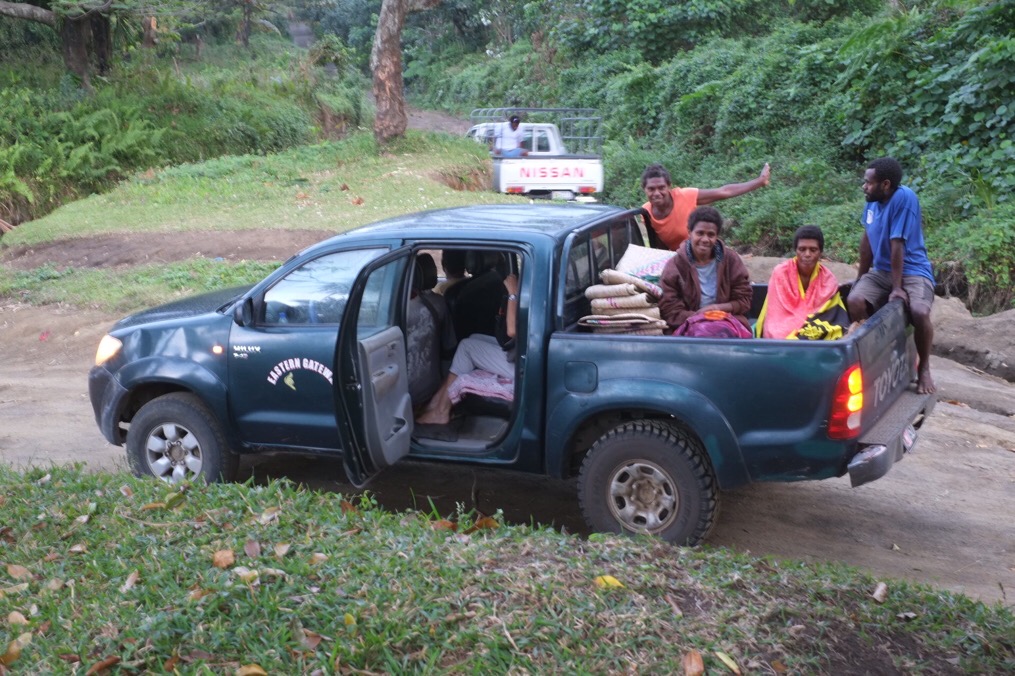
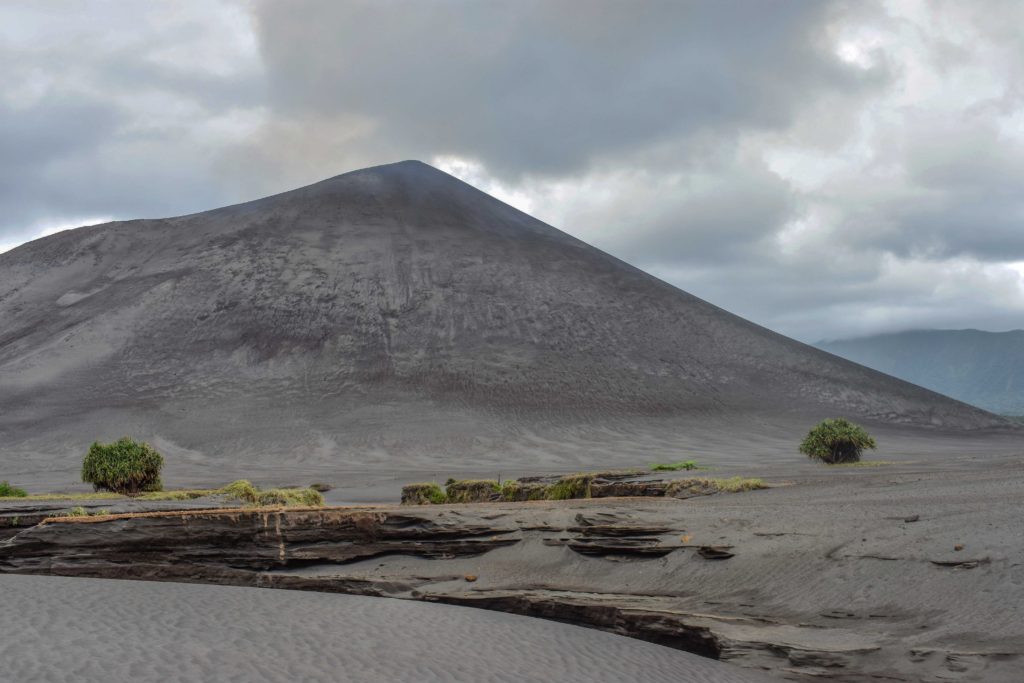
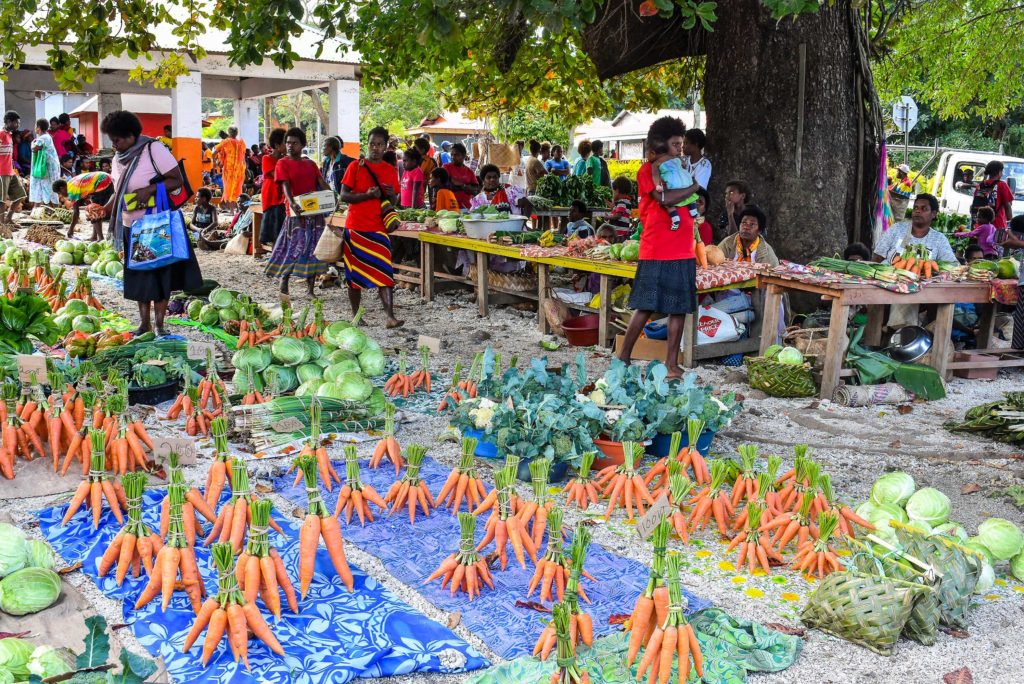
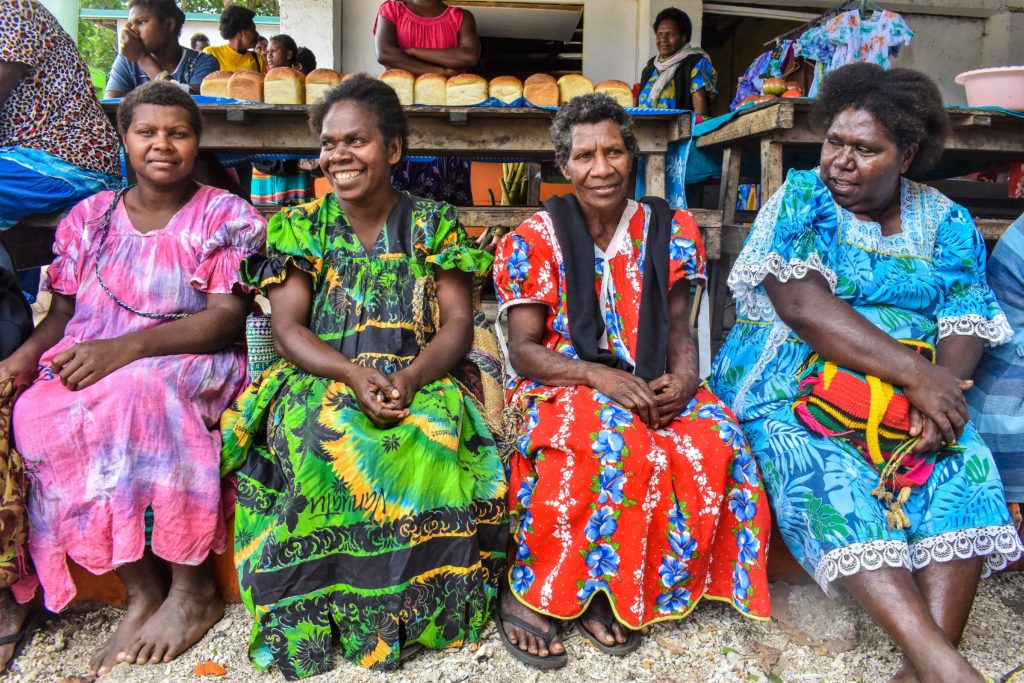
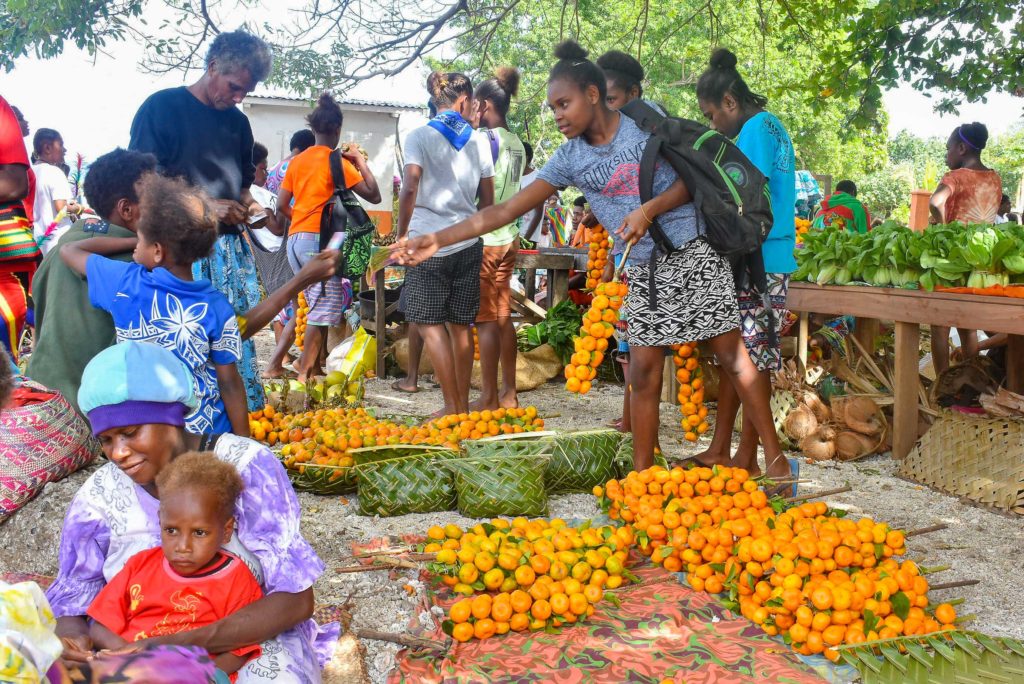
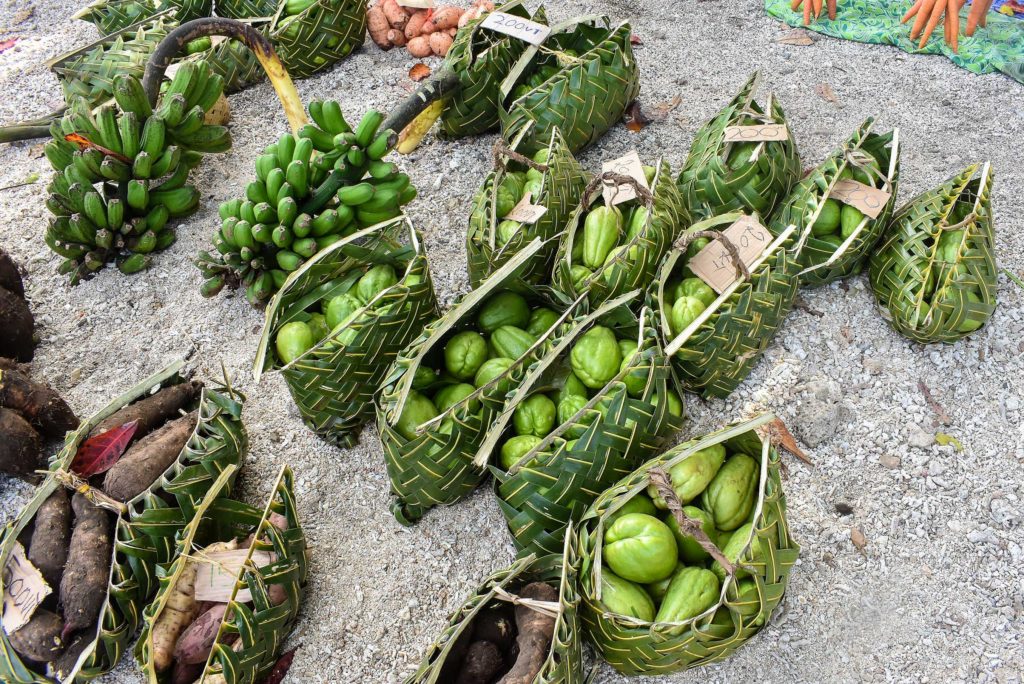
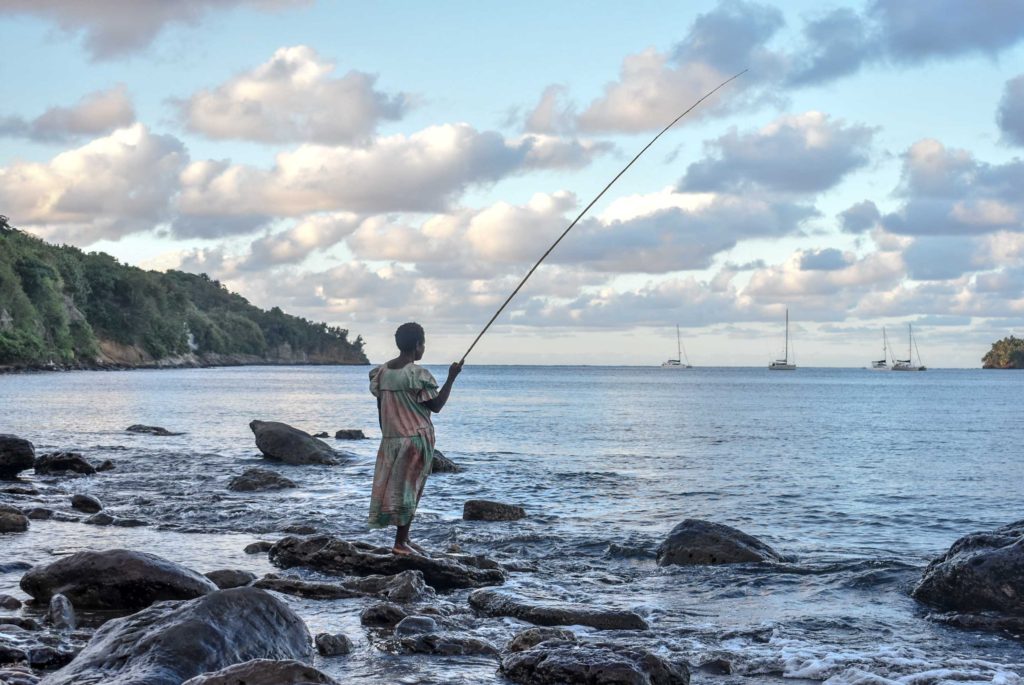
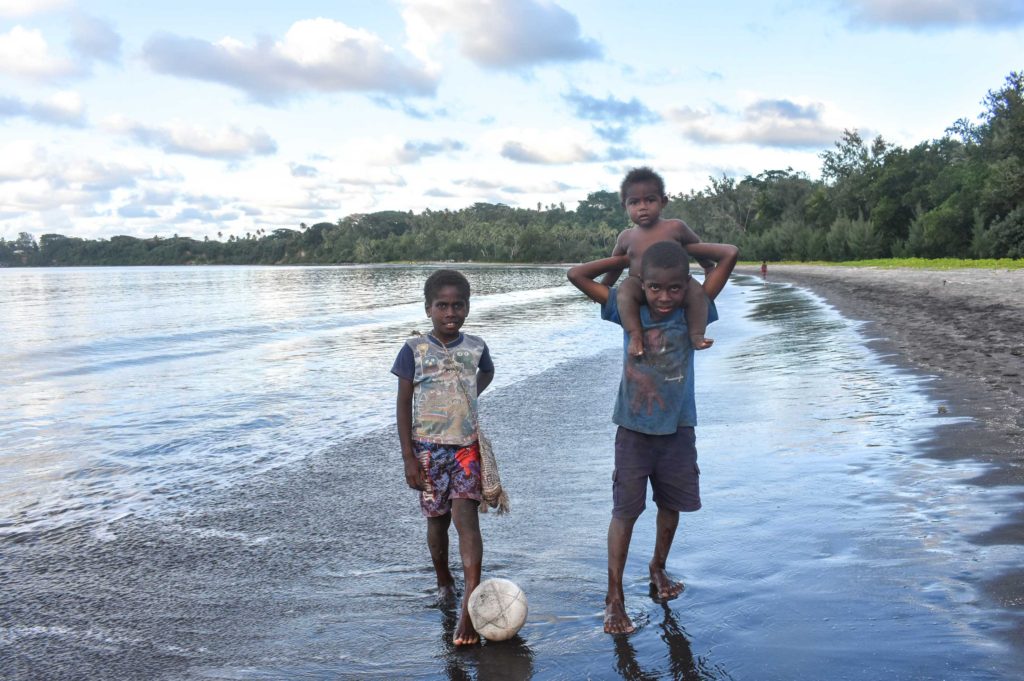
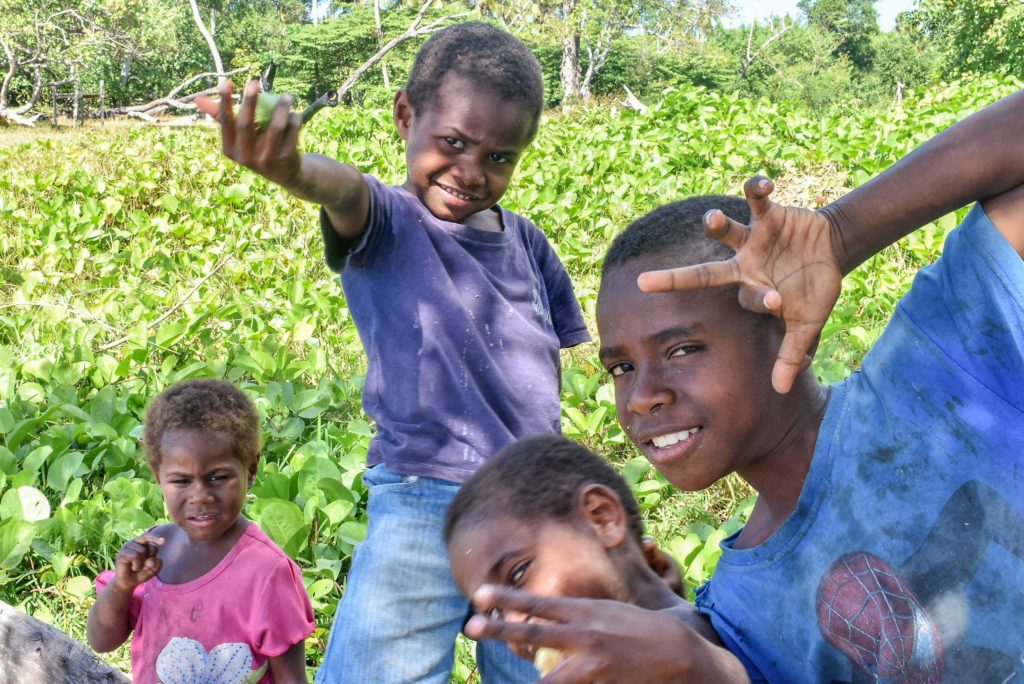

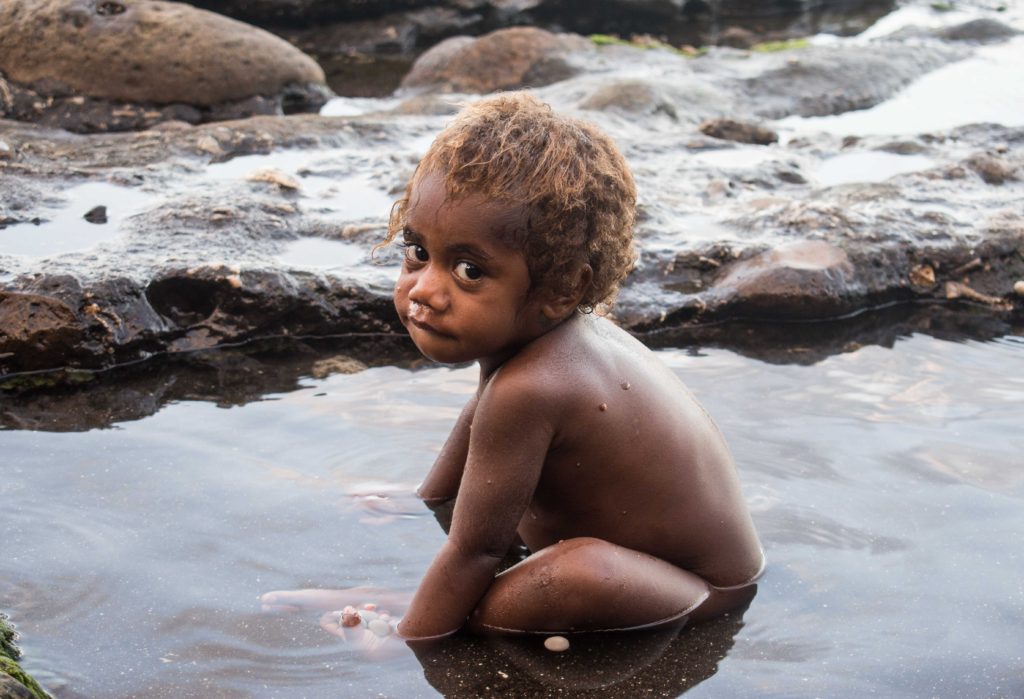
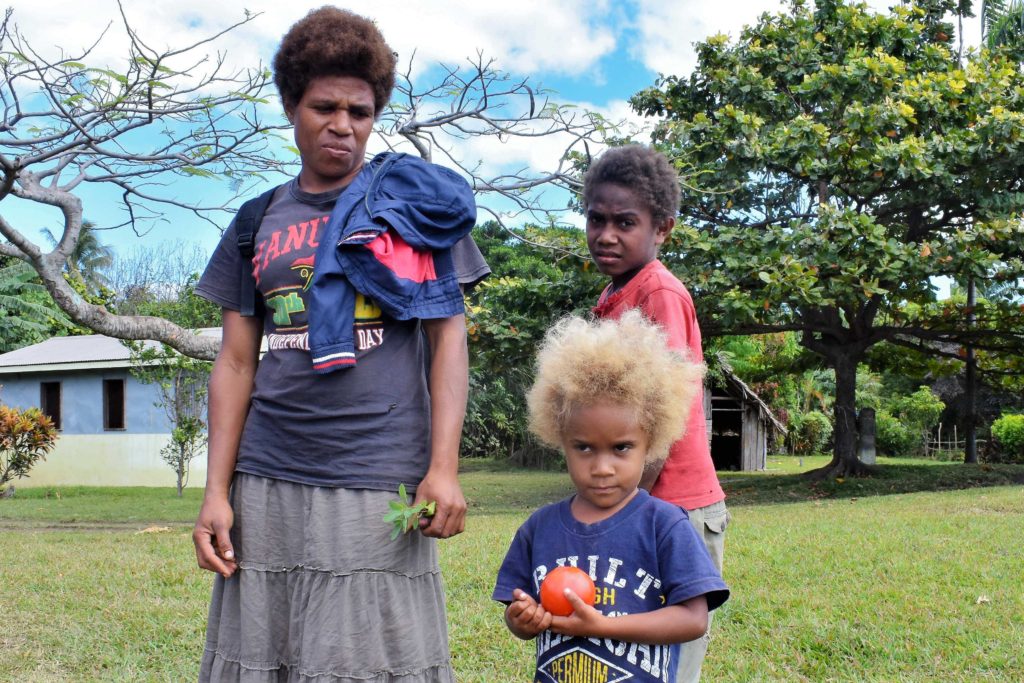
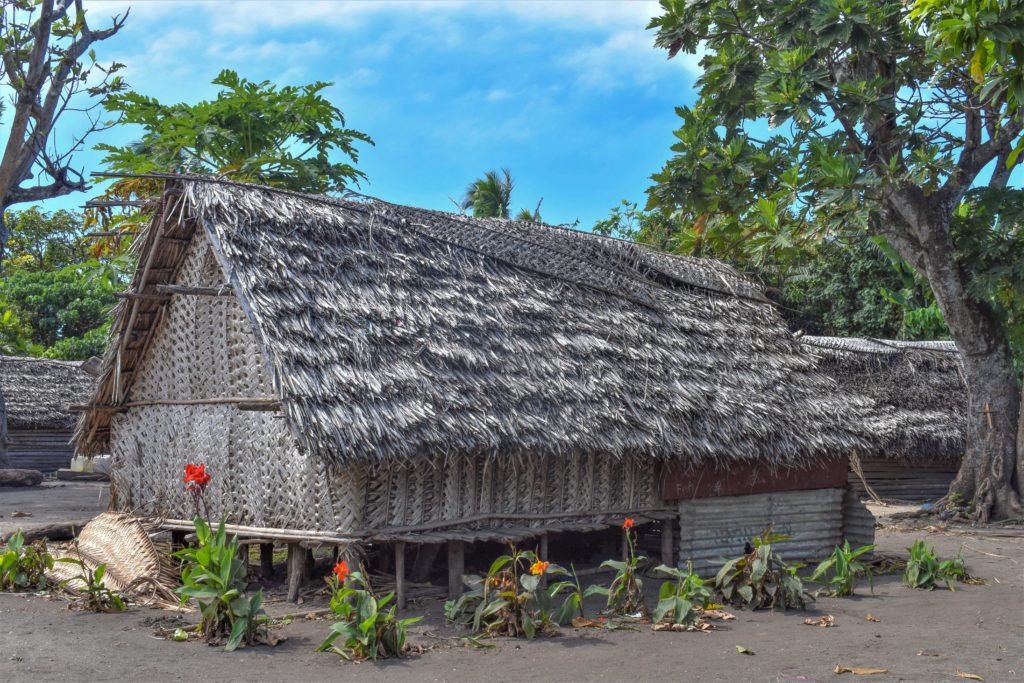
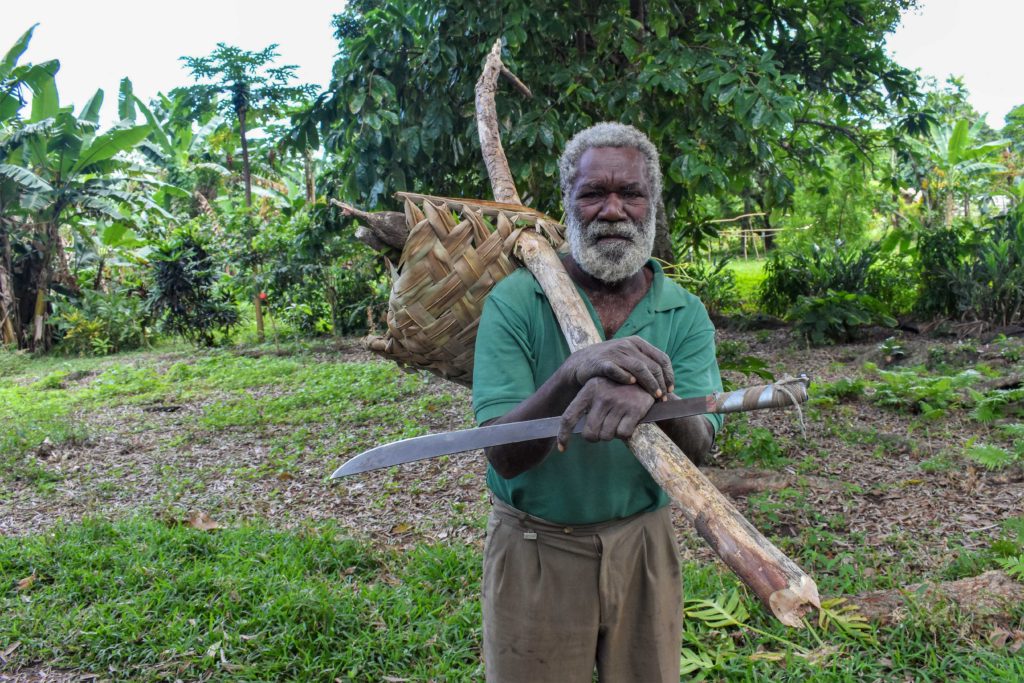
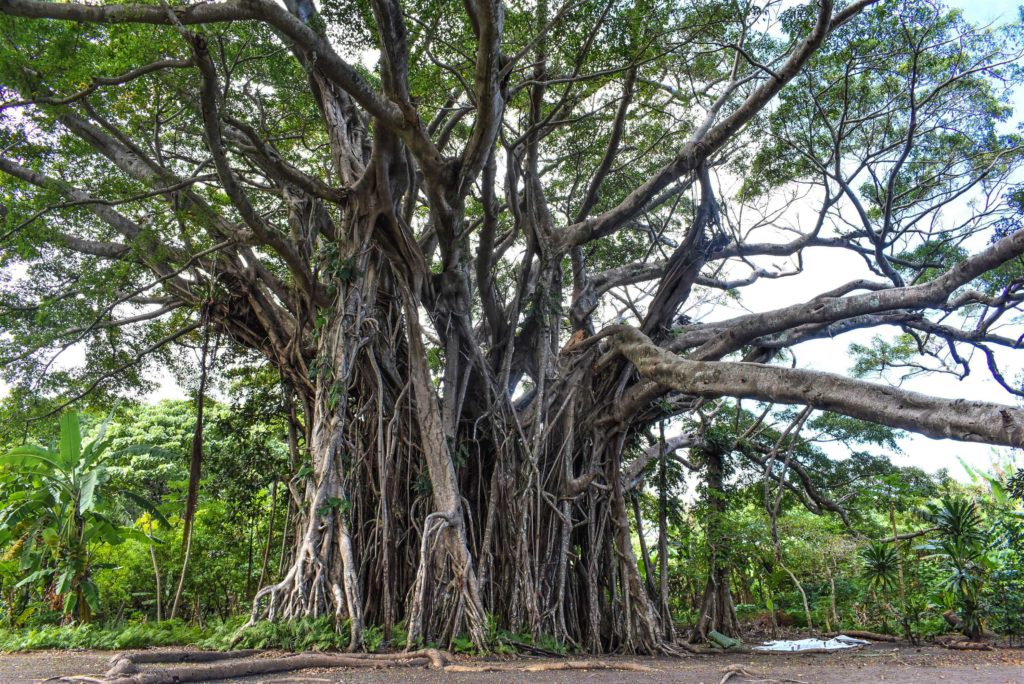
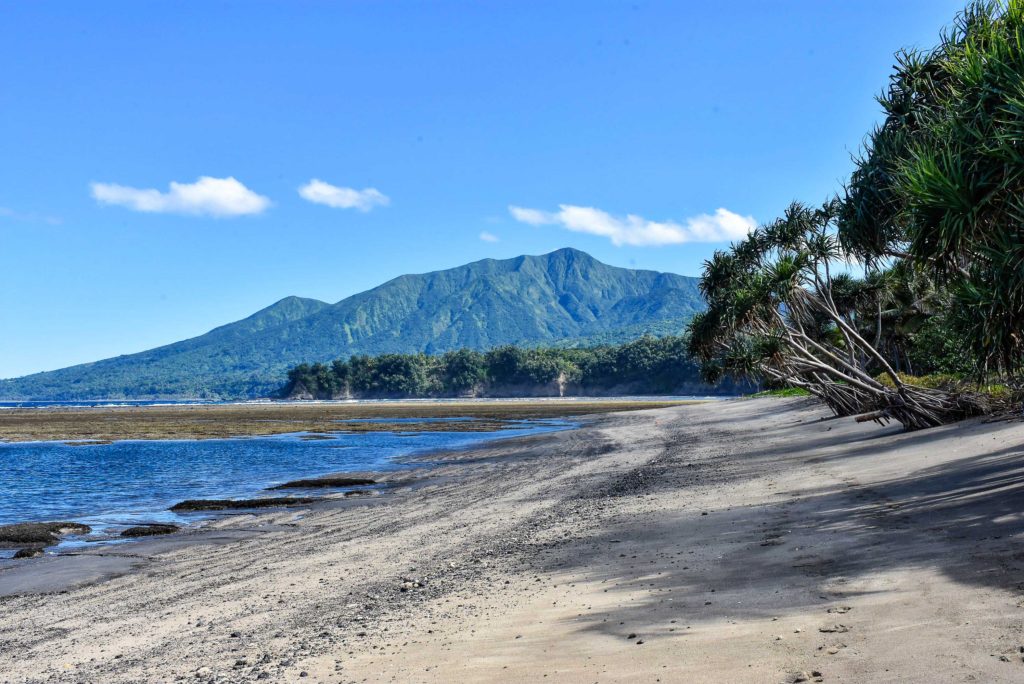
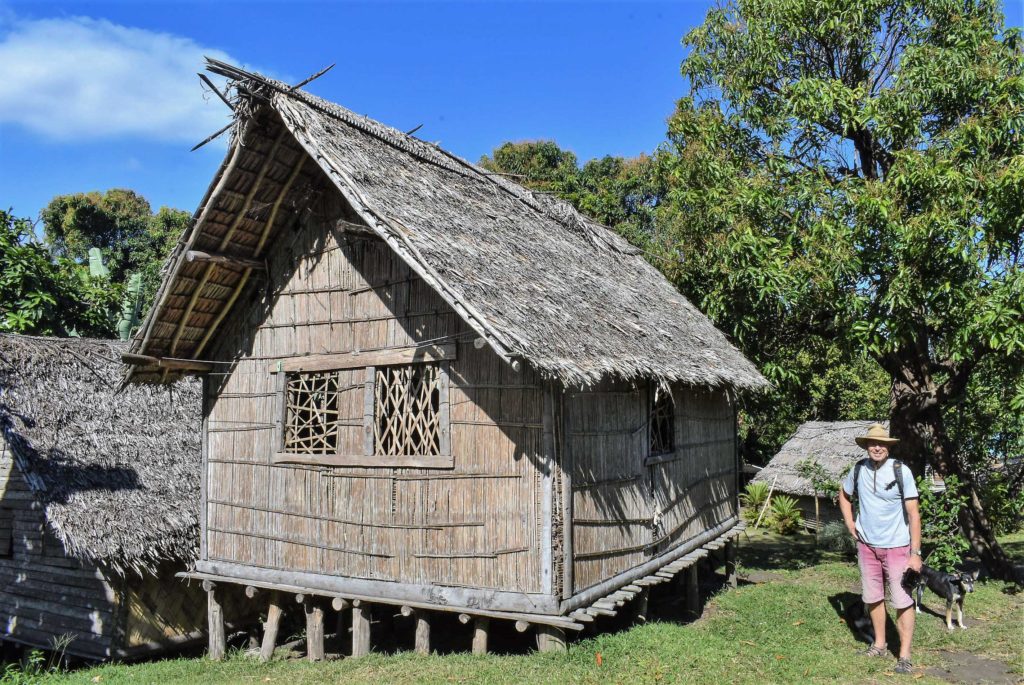
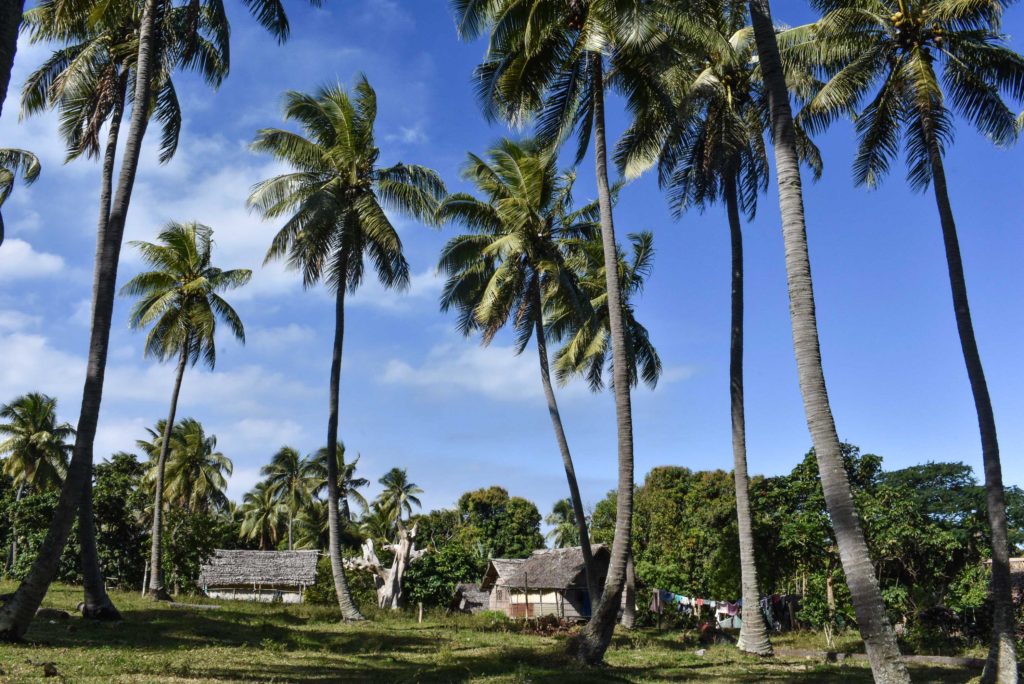
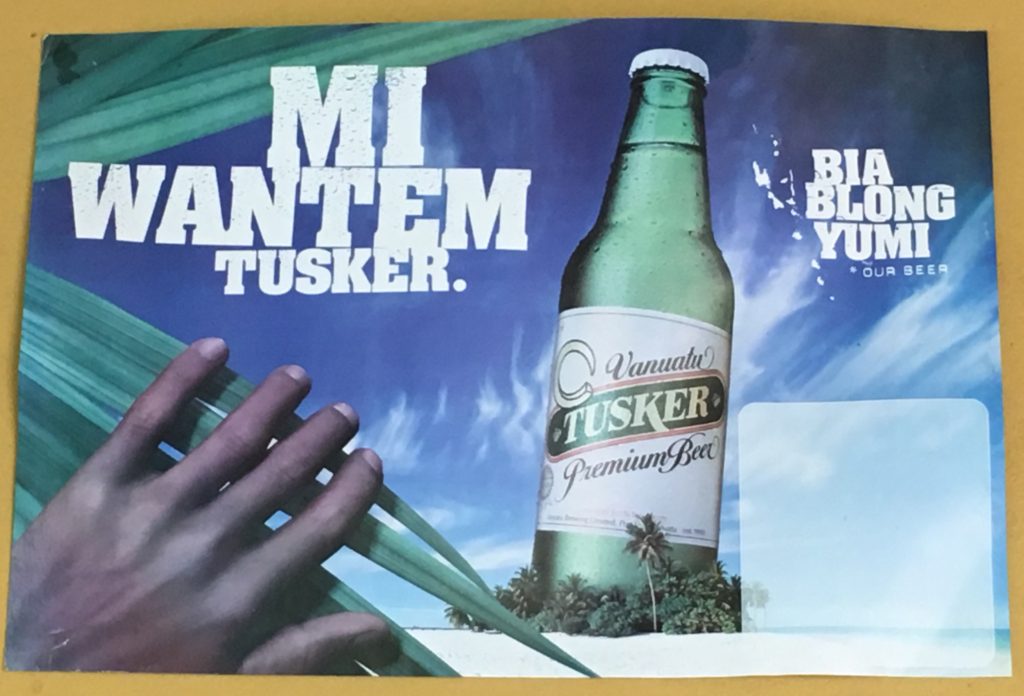
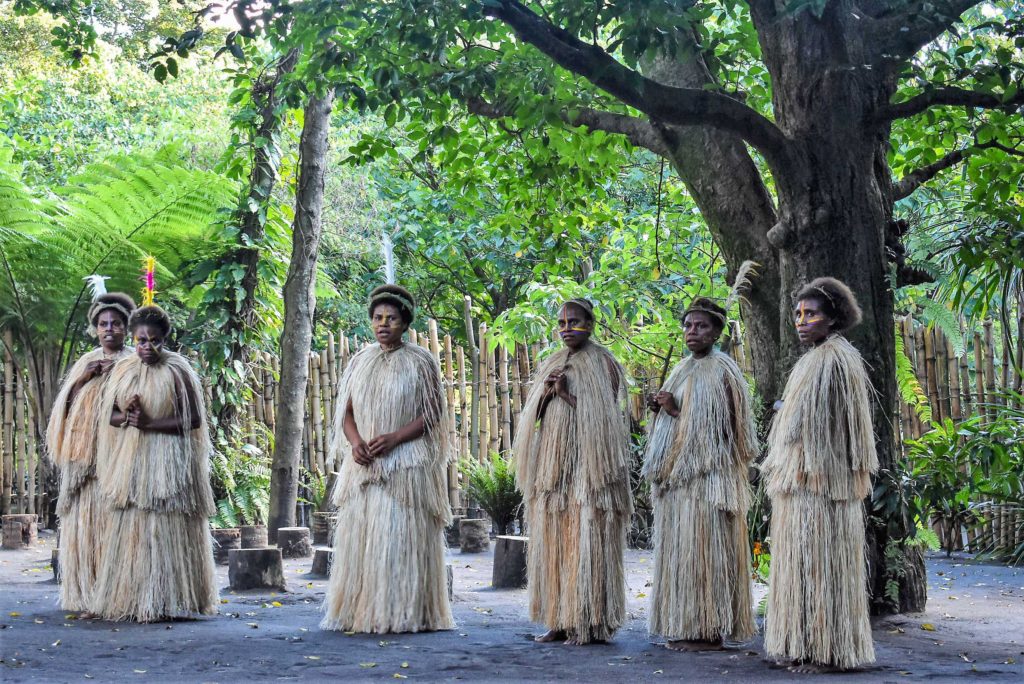
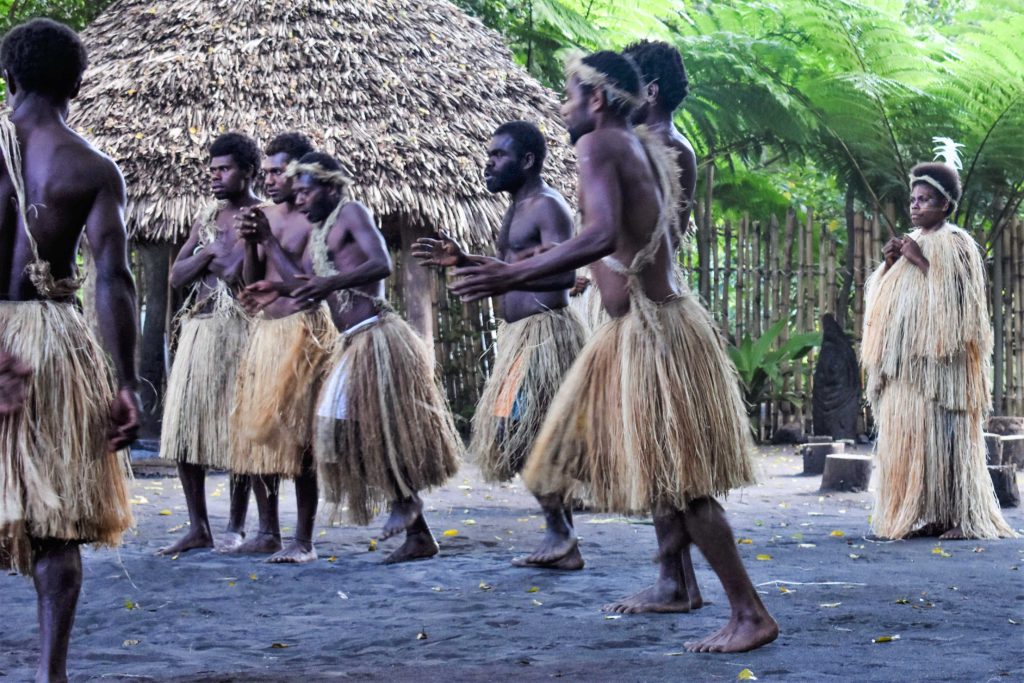
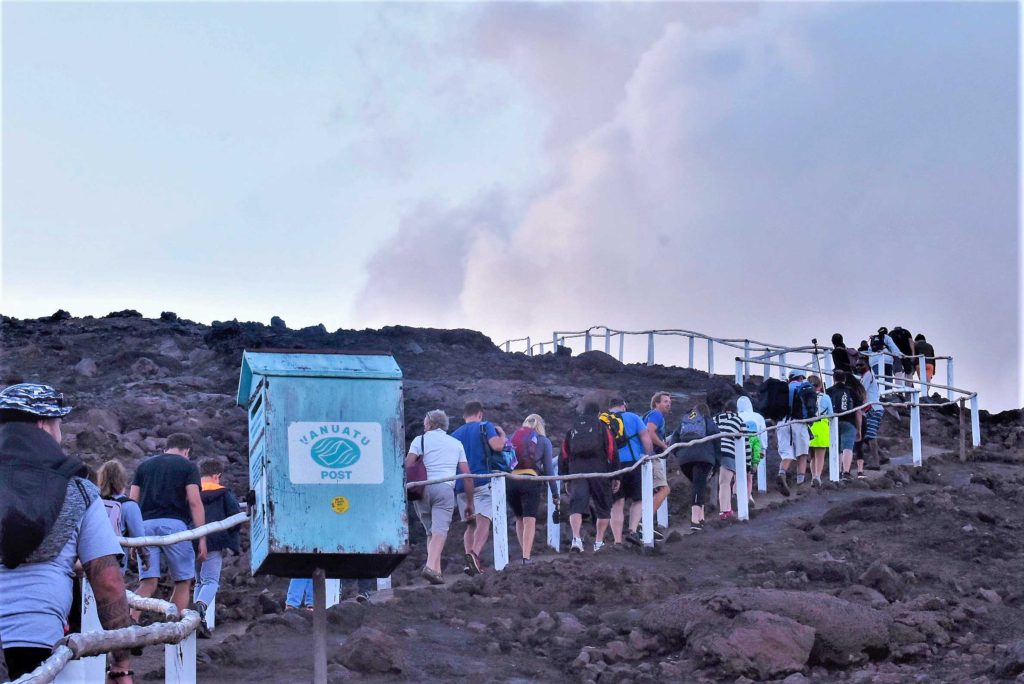

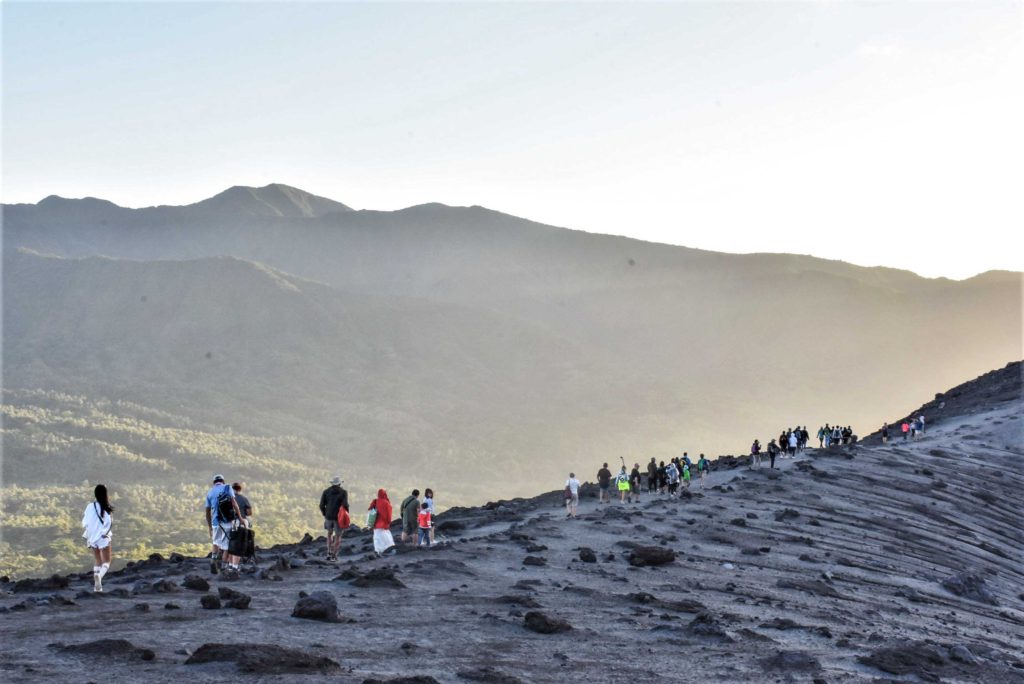
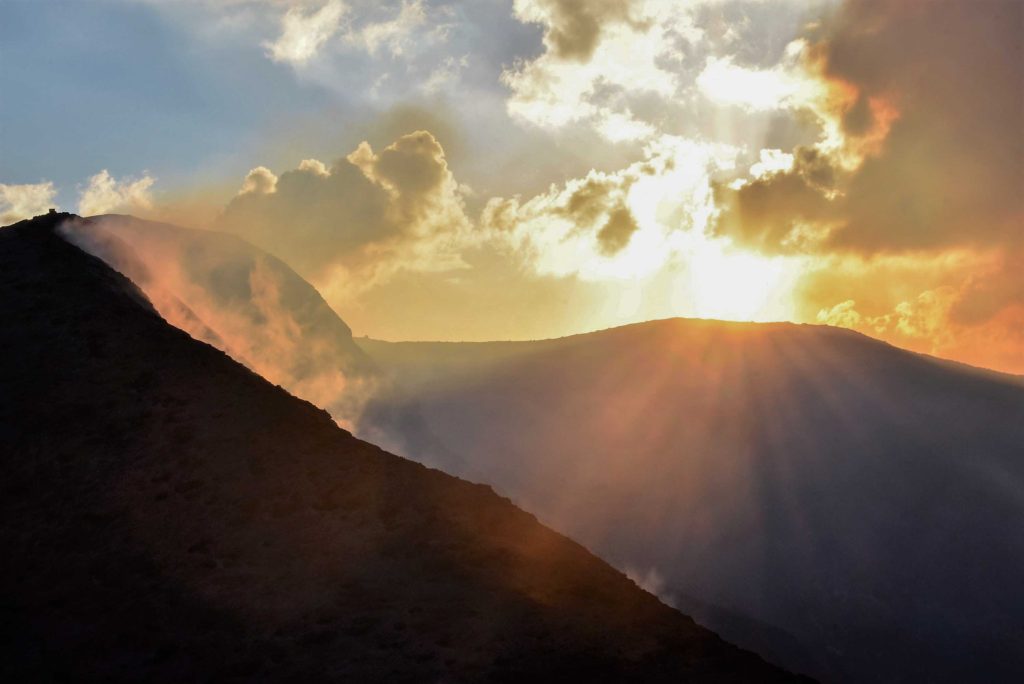
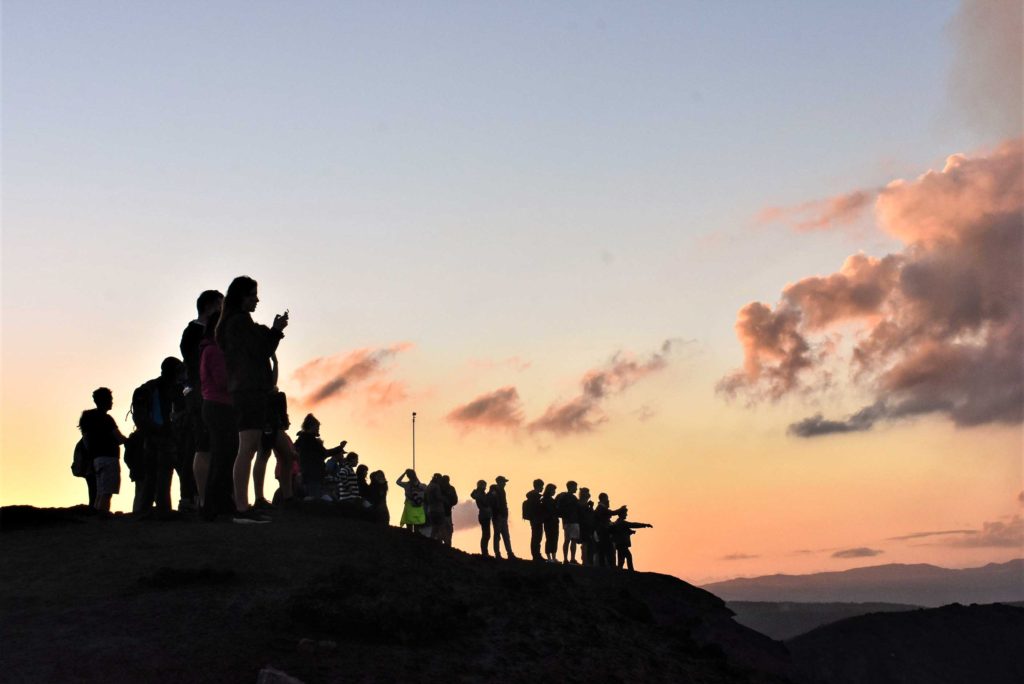
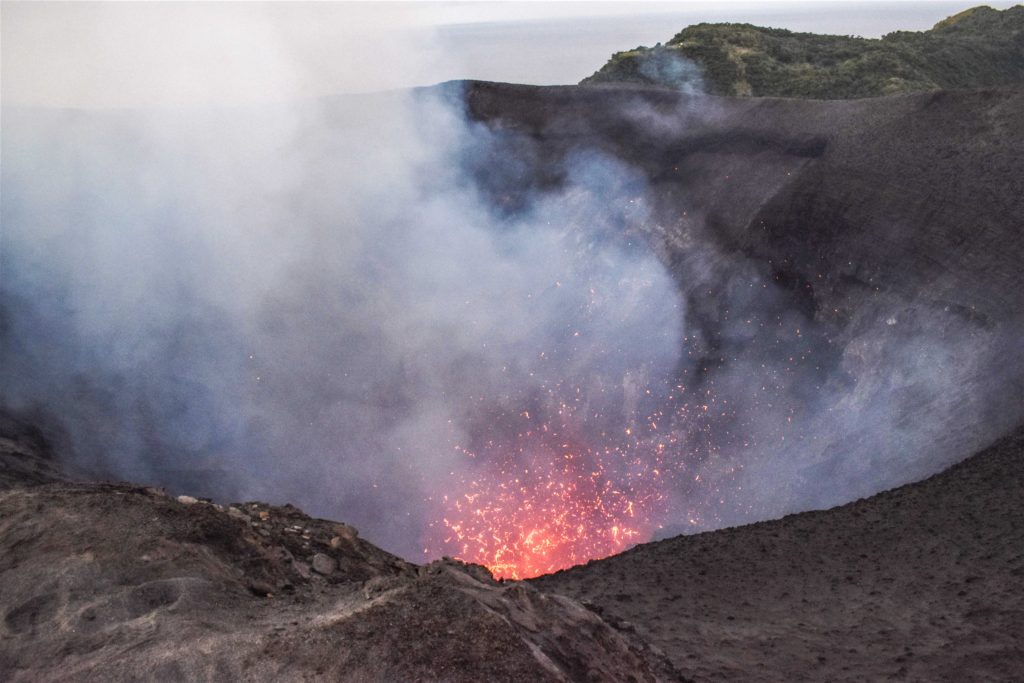

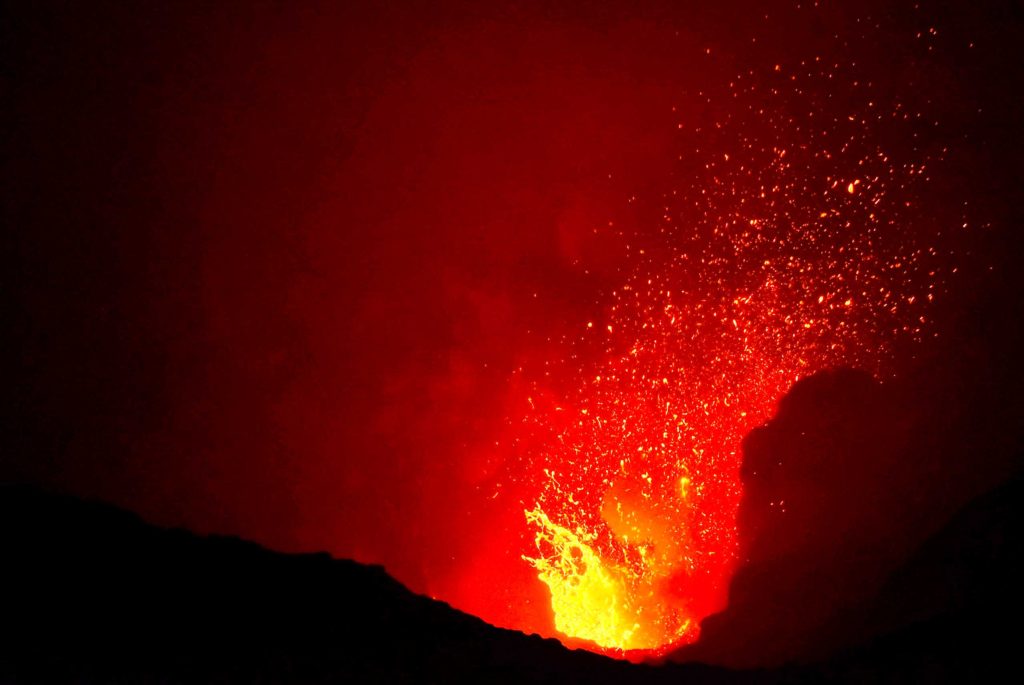
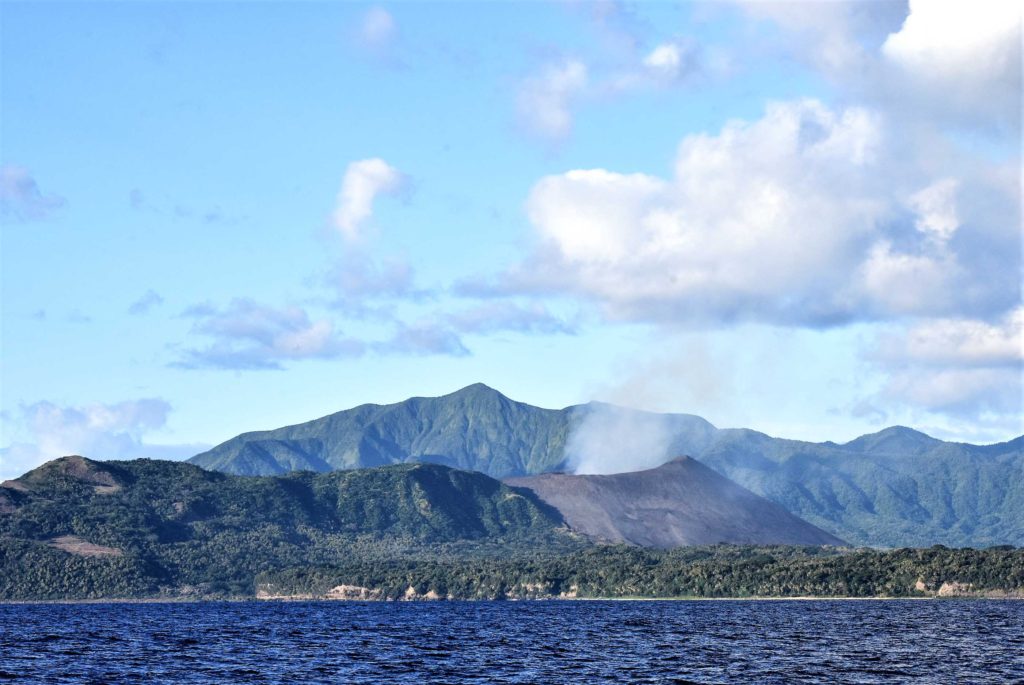
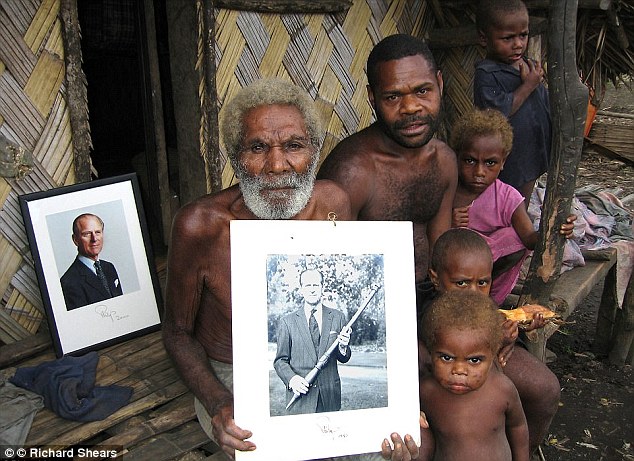
10 Comments
Ken Dolbear
September 15, 2018 - 8:53 amWonderful, wonderful, wonderful.
Ken
annie
September 16, 2018 - 12:27 amHi Ken… it is really a most wonderful place xx
karen rochester
September 15, 2018 - 1:17 pmFabulous, my regular geography update 🙂
As for the Prince Philip Movement?*!*?
xxx
annie
September 16, 2018 - 12:25 amCan you imagine the mourning when their god dies? xx
Annie
September 15, 2018 - 7:00 pmMakes me seriously think about amending my travel route next year
annie
September 16, 2018 - 12:25 amDo it! xx
Carlos Schulze
September 24, 2018 - 7:51 pmHi Annie and Hugh, great to see news of your voyages. Fills me with wanderlust, and I must admit, a little jealousy. Stay safe and keep enjoying, and to think you were a bit reluctant at the start….LOL. Cheers. Carlos and Elena.
annie
October 10, 2018 - 12:02 pmThanks Carlos & Elena, yes, leaving Bristol then feels a long time ago. Hopefully we can meet up again soon xxxx
Paul Bayley
October 9, 2018 - 5:54 pmThat was brilliant your descriptions are very good and make feel as if you are there,I think Hugh you could put together a great talk for 41 and Rotary clubs.
annie
October 10, 2018 - 12:11 pmThanks Paul… I’ll pass that on to Hugh!